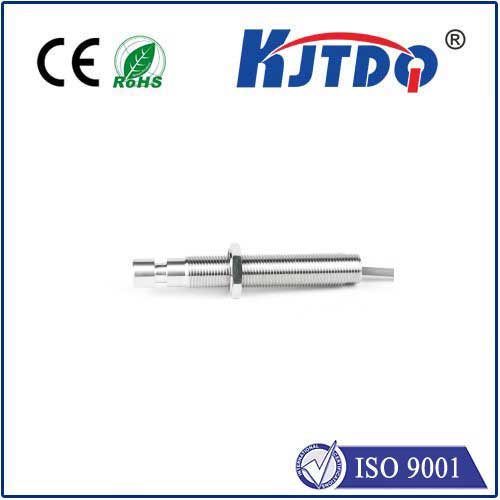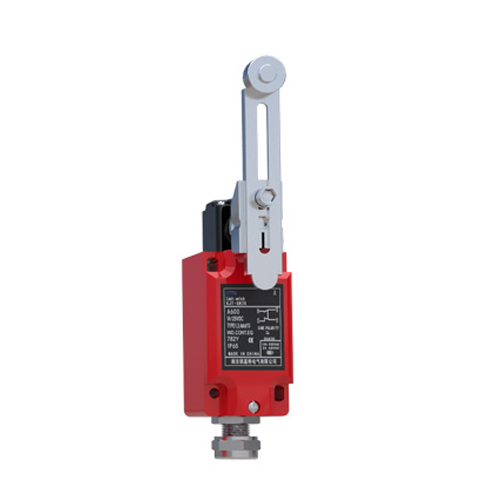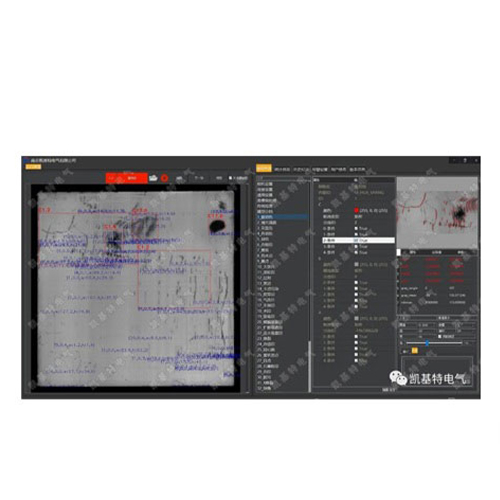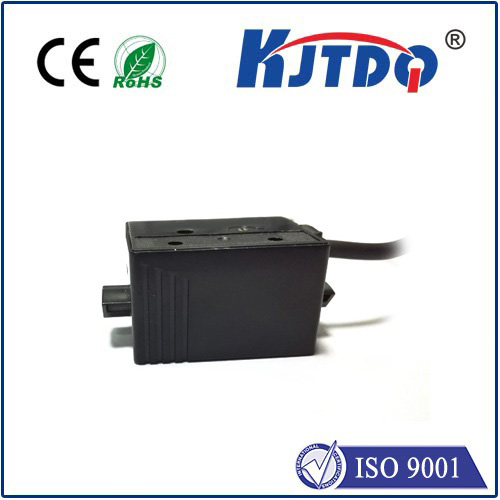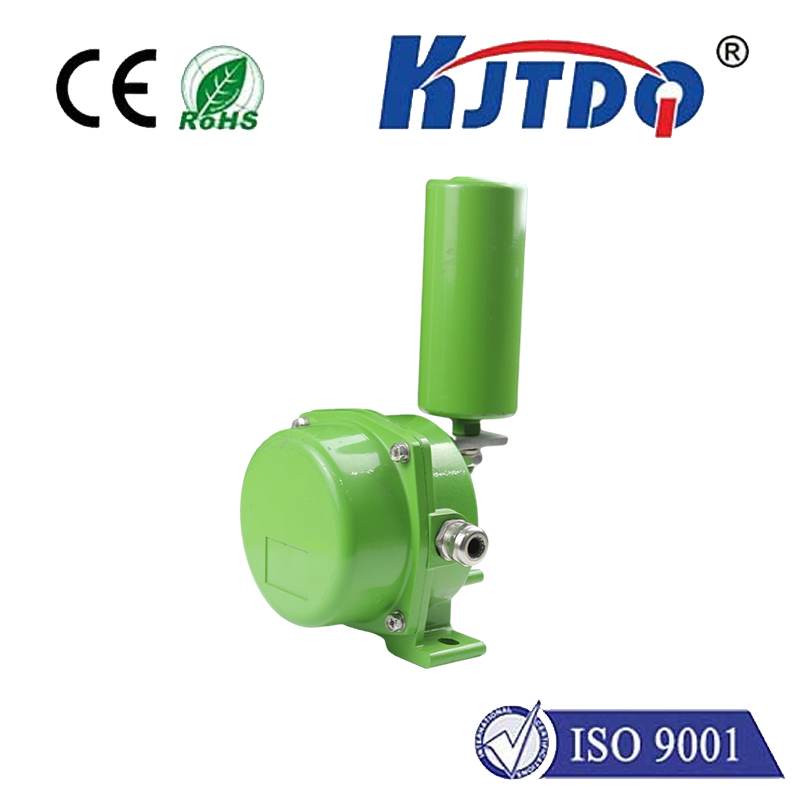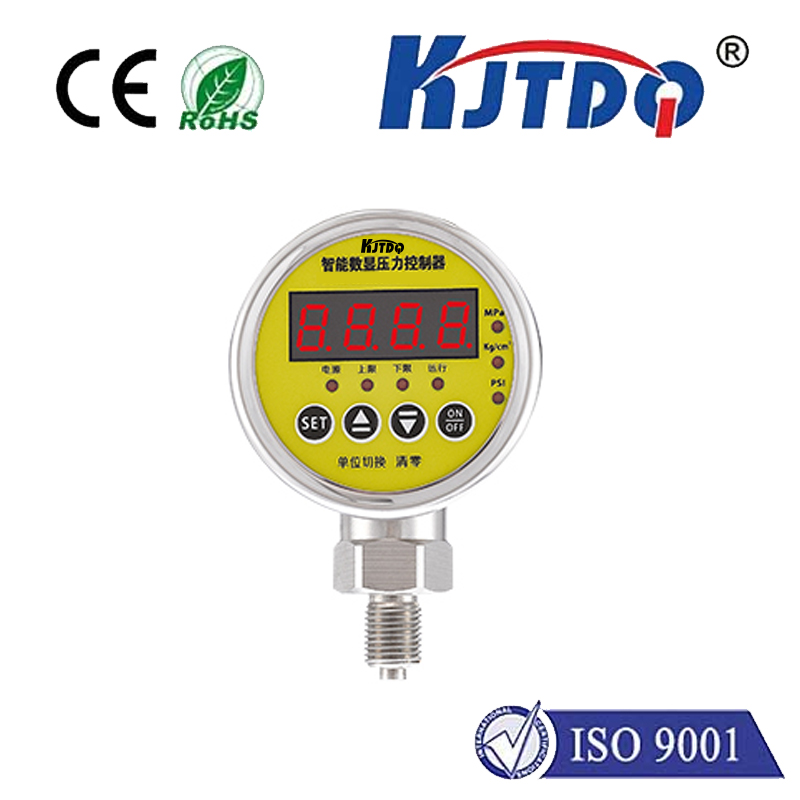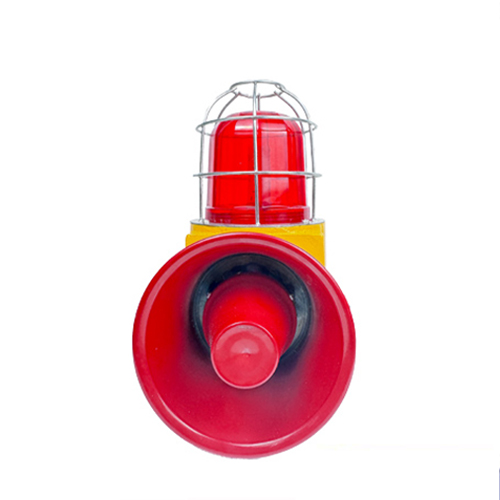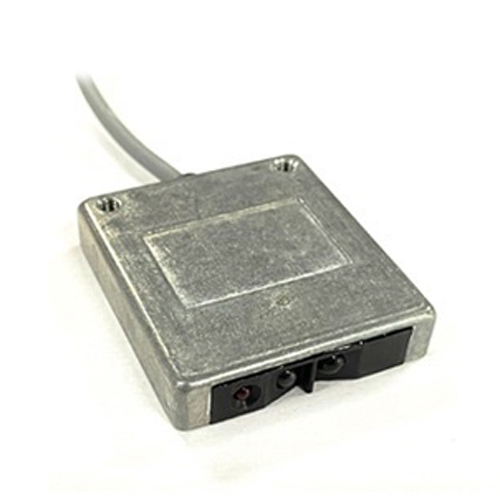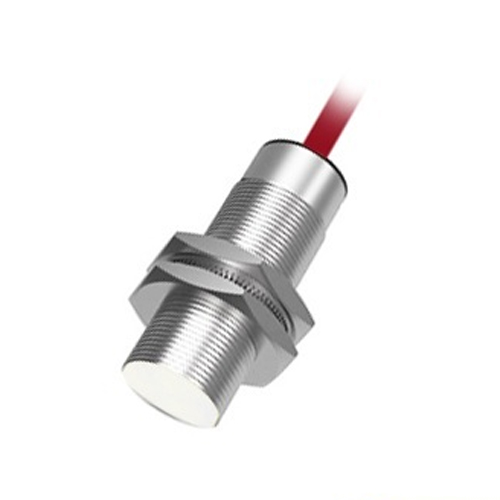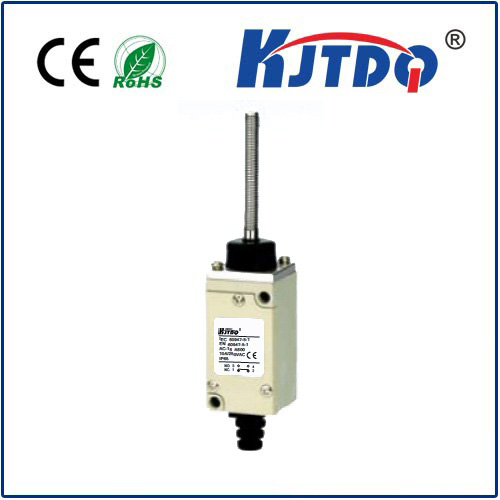BES05EZ proximity sensor
- time:2025-10-15 01:30:50
- Click:0
Demystifying the BES05EZ Proximity Sensor: Your Compact Detection Powerhouse
Imagine a component so small and unassuming, yet capable of revolutionizing how machines sense their environment, enhancing safety, and automating intricate processes – all without physical contact. That’s the realm of the inductive proximity sensor, and the BES05EZ stands as a prime example of this essential industrial technology. Whether you’re an engineer designing a new assembly line, a technician maintaining complex machinery, or simply fascinated by automation, understanding this sensor unlocks a world of precision detection. Let’s delve into what makes the BES05EZ proximity sensor a critical component in countless applications.
What Exactly is an Inductive Proximity Sensor?
Before focusing on the BES05EZ, it’s vital to grasp the core principle. An inductive proximity sensor detects the presence or absence of metallic objects (typically ferrous metals like iron or steel) within its sensing range. It achieves this feat through electromagnetic fields. Here’s a simplified breakdown:
- Oscillator Circuit: The sensor contains an oscillator that generates a high-frequency electromagnetic field emanating from its active face.
- Eddy Currents: When a metal object enters this field, it induces small circulating electrical currents called eddy currents within the metal.
- Energy Damping: The creation of these eddy currents damps (absorbs) energy from the sensor’s oscillating circuit.
- Detection Trigger: The sensor circuitry detects this change in energy level (amplitude decrease or frequency shift). Once the change surpasses a predefined threshold, the sensor’s output state switches (e.g., from OFF to ON, or vice-versa).
This non-contact detection method offers significant advantages: no mechanical wear on the sensor or target, high operational reliability even in dirty environments, and extremely fast response times.
Introducing the BES05EZ: A Compact Workhorse

The BES05EZ represents a specific model within a family of inductive proximity sensors. Characterized by its M5 threaded barrel design (approximately 5mm diameter), it is renowned for its exceptionally compact size. This miniature footprint makes it indispensable in applications where space is at an absolute premium – think miniature robotics, compact assemblies, intricate packaging machinery, or densely packed control panels. Despite its small stature, it packs a substantial punch in terms of performance.
Key Features and Capabilities of the BES05EZ Proximity Sensor
Let’s explore the defining characteristics that make the BES05EZ a popular choice:
- Ultra-Compact M5 Size: The defining feature. Its tiny diameter allows installation in locations inaccessible to larger sensors. This is crucial for modern miniaturized equipment. Space constraints vanish with this sensor.
- Sensing Range (Sn): While inherently limited due to its size (typically around 0.5mm or 0.8mm, exact spec depends on manufacturer/variant), this range is perfectly adequate for precise positioning tasks common in tight spaces. Always consult the specific datasheet for the exact Sn value needed.
- Output Configuration: Commonly available in PNP (sourcing) and NPN (sinking) transistor outputs, typically Normally Open (NO) logic (output switches ON when target detected). Selecting the correct output type (PNP/NPN) is critical for compatibility with your control system (PLC, microcontroller).
- Operating Voltage: Designed for standard industrial DC voltages, usually within the 10-30V DC range, making it compatible with most control circuits.
- Short-Circuit & Reverse Polarity Protection: Incorporates built-in protection against common wiring errors (misconnecting +/-) and output short circuits, enhancing durability and system safety. This robustness minimizes downtime.
- Hysteresis: Features built-in hysteresis to prevent output chattering when the target is precisely at the edge of the sensing range, ensuring stable switching signals.
- Shielded Design: The electromagnetic field is focused towards the front sensing face. While this provides good resistance to adjacent metal (“side metal”), it generally requires metal targets directly in front for reliable detection. Best suited for precise front-facing detection.
- Environmental Resilience: Engineered to withstand typical industrial challenges like oil, coolants, and non-corrosive dust. Housing materials (often nickel-plated brass or stainless steel variants) provide durability. IP ratings (like IP67) signify protection against dust ingress and temporary immersion, vital for harsh environments.
Where Does the BES05EZ Proximity Sensor Shine? Applications Galore
The unique size and capability of the BES05EZ make it ideal for numerous demanding applications:
- Miniature Robotics & Automation: End-of-arm tooling (EOAT), gripper position feedback, detecting tiny parts on miniature assembly lines. Precision in miniature scale demands compact sensors.
- Precision Machinery: Verifying tool presence (drills, taps) in compact spindles, detecting cam positions, monitoring spindle rotation in very confined spaces.
- Semiconductor Manufacturing: Presence detection of miniature wafers, carriers, or tools within ultra-clean, space-restricted production equipment.
- Packaging Machinery: Detecting small metallic components (caps, closures) on high-speed filling lines, verifying position of actuators in compact mechanisms.
- Conveyor Systems: Detecting small metallic items or verifying the position of pushers, gates, or diverters in tight installations.
- Valve & Actuator Position Feedback: Confirming the open/closed state of small solenoid valves or the precise position of compact pneumatic cylinders. Reliable feedback ensures correct sequence operation.
- Medical Devices: Presence sensing within compact diagnostic equipment or automated lab instruments where space is critical.
Installation and Best Practices for the BES05EZ
To ensure optimal performance from your BES05EZ proximity sensor, consider these key points:
- Mounting Securely: Utilize the M5 thread with appropriate lock nuts to mount the sensor rigidly. Vibration can cause false triggering if mounting is loose. Ensure the sensing face is perpendicular to the expected target approach.
- Sensing Face Clearance: Maintain sufficient clearance around the sensing face. While shielded, close adjacent metal outside the specified “side metal” allowance can still slightly reduce the nominal sensing range.
- Target Material Matters: Best performance is achieved with ferrous steel. Other metals like aluminum, brass, or copper require a significantly reduced sensing range (often only 20-40% of the rated Sn for steel). Factor this in during design.
- Target Size: The target should be at least equivalent to the sensor’s sensing face diameter. Smaller targets will result in a reduced effective sensing range.
- Electrical Wiring: Connect strictly according to the manufacturer’s wiring diagram! Mixing up PNP/NPN or wire colors is a common cause of failure. Respect voltage limits and load current specifications. Always use shielded cable in electrically noisy environments and ground properly.
Technical Specifications at a Glance (Typical)
| Feature |
Typical Specification for BES05EZ |
| Sensor Type |
Inductive, Shielded |
| Thread Size |
M5 x 0.5 |
| Sensing Range |
0.5mm or 0.8mm (A = Steel Target) |
| Output Type |
PNP NO, NPN NO (3-wire) |
| Supply Voltage |
10-30V DC |
| Current Draw |
Typically < 15mA (excluding load) |
| Output Current |
Typically ≤ 100mA (DC) |
| Response Frequency |
Up to 1 kHz or higher (consult datasheet) |
| Hysteresis |
≤ 15% of Sn |
| Protection |
Reverse Polarity, Short-Circuit |
| Housing Material |
Nickel-plated Brass / Stainless Steel variants |
| Ingress Protection |
Typically IP67 |
| Operating Temp |
-25°C to +70°C (or wider) |
**Maintenance and Longevity:






